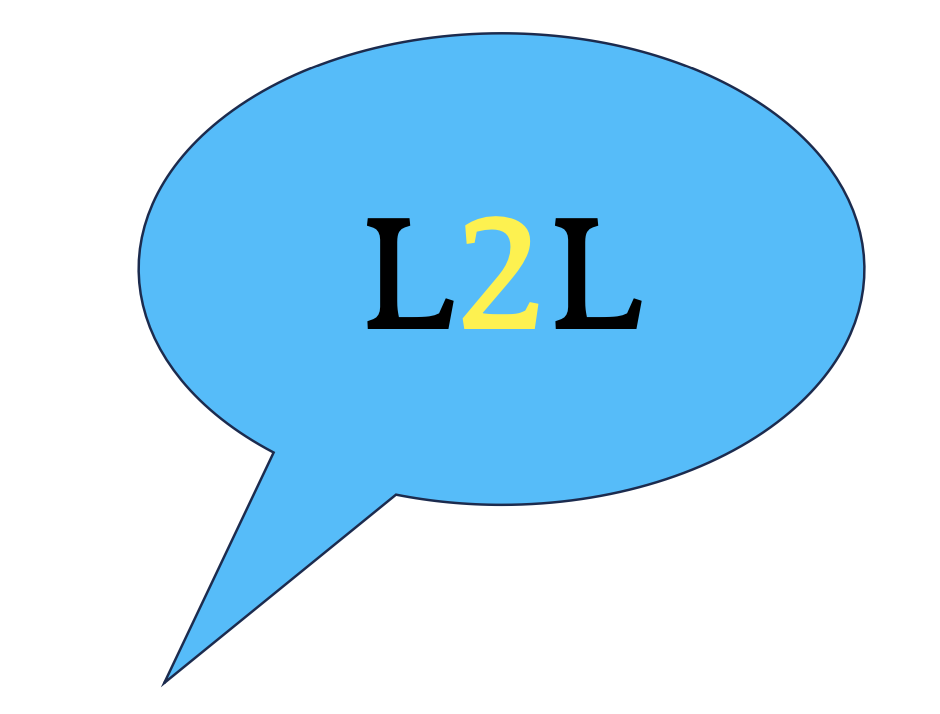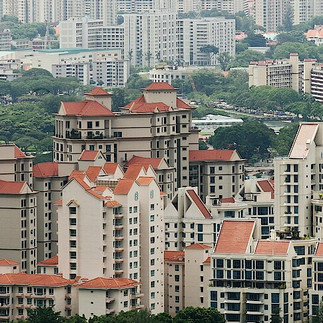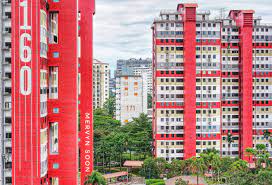Notes from a Blue Zone
- claredelmar
- Mar 4, 2024
- 4 min read

I spent last week in Singapore which, along with many other accolades, has been designated the world’s sixth Blue Zone, and the world’s first engineered one. This means that the population (6 million) enjoys a longer-than-average life expectancy (84.8 years, compared with an average of 80.3 across the OECD and 81.2 in the UK) and, perhaps more importantly, a higher-than-average quality of life during that extended lifespan. This latter attribute, referred to as “healthspan”, or years lived in good health, is something that the Singaporean government is actively supporting,and I was keen to explore how it’s doing this. As I’ve argued before, everyone deserves to live in a Blue Zone, so what can we learn from the latest version?
The Singaporean government actively promotes policies aimed at keeping people housed, intergenerationally engaged, physically and mentally active, with equitable access to clean air, green space and healthy foods. It really does. I saw this manifested in several ways, which I’ll describe below.
The first thing that hits you when you arrive in Singapore (aside from the heat) is the greenery. Verdant vibes are literally everywhere, from the airport itself, to the road and transport infrastructure, to building design.
green buildings Changi Airport green places
It’s very much an outcome of Singapore’s Green Plan 2030, which aims to transform Singapore into a “city in nature”
“By 2030, Singapore will be a green and beautiful City in Nature. We will set aside 50% more land – around 200 hectares – for nature parks. Every household will live within a 10-minute walk of a park. We will plant one million more trees across our island, which will sequester another 78,000 tonnes of CO2.”
A key feature of the Green Plan is its Skyrise Greenery Incentive Scheme, which pays property owners up to 50% of the cost of installing green rooftops and facades. I found it hard to spot a building that didn’t have plants embedded as part of the design.
Next is the amount and variety of public housing. The Singapore Housing and Development Board describes public housing as a “Singapore Icon”
“With more than 1 million flats spread across 24 towns and 3 estates, the Singapore brand of public housing is uniquely different. The flats spell home for over 80% of Singapore's resident population, of which, about 90% own their home.
In providing housing, we look at the whole spectrum of needs that make for an optimal living environment for residents. It is a continual process to create vibrant, innovative, and sustainable communities, and we always strive for excellent outcomes”
public housing in Singapore
Getting around Singapore by public transport is safe, fast accessible and comfortable. I used both buses and trains and they are cheap, reliable, and thankfully well air conditioned. All are connected via digital app, although I used City Mapper and it worked a treat. All SMRT stations have public toilets – I visited several and they were well-designed, clean and accessible.
Speaking of which, public toilets are everywhere, thanks to Singapore’s Happy Toilet programme, with its wonderful tagline “Happy Toilets, Healthy People”. Each one I visited (and there were many!) offered public health information and asked customers to rate their experience on exiting.
The Happy Toilet programme a local public toilet toilet rating
A key feature of Singapore’s neighbourhoods and housing estates is the local hawker centre, providing an array of healthy and cheap food in a communal setting. Multiple stalls offering freshly prepared dishes – always a mix of Chinese, Malay and Indian, reflecting the population -- surround informal tables with stools, and I saw families, groups of friends and individuals gather in these places at all times of day. Most open between 6 and 7 am and close around midnight.
A meal of papaya salad and Phad Tai with chicken cost £6.50 at a local hawker's centre
While I was in Singapore the government announced its lowest fertility rate on record (.97) -- the first time it has fallen below 1. This compounds the challenges facing its ageing population, and no doubt drives the government’s focus on increasing the healthspan of its citizens. It also seems to underpin a focus on intergenerational programmes and interventions, which was evident in public signage across the city.
Public messaging on engaging older people is everywhere
The racial and ethnic mix among Singaporeans (76% Chinese, 15% Malay, 7% Indian and 2% other), is evident everywhere in the languages used for public messaging (although English is the official language), the housing estates and the hawker centres. While some neighbourhoods are known for a particular ethnic tradition – eg Katong, which is known for its Paranakan culture and cuisine (Paranakan is a culture deriving from the Chinese-Malay origins of Singapore), most are racially and ethnically mixed.
Another thing I learned while attending a conference in Singapore was how the government uses data to drive policy interventions, often through the local population. Through an initiative called Smart Nation Singapore, data sets collected by public agencies have been made available and accessible to the public through online portals “so anyone can participate and co-create solutions that benefit everyone”. I was told by several people how this has led to a continual stream of new apps and digital tools, many at the local community level.
It was a missed opportunity when those who promoted efforts to create a post-Brexit Singapore-on-Thames here in London completely ignored the Blue Zone features of Singapore which might have made the concept more attractive, and certainly would have focused minds on ways to improve the health and wellbeing of Londoners. Today the interventions that have transformed Singapore into a Blue Zone might seem more remote than ever here in London. But what Singapore can offer us, on a practical level, is evidence of what works in an ageing, multicultural city. Now all we need are visionary leaders to build on it.
Clare Delmar
Listen to Locals
4 March 2024



























